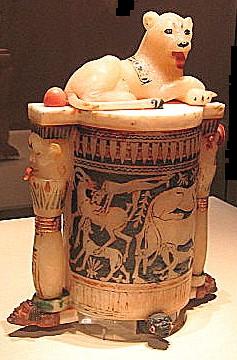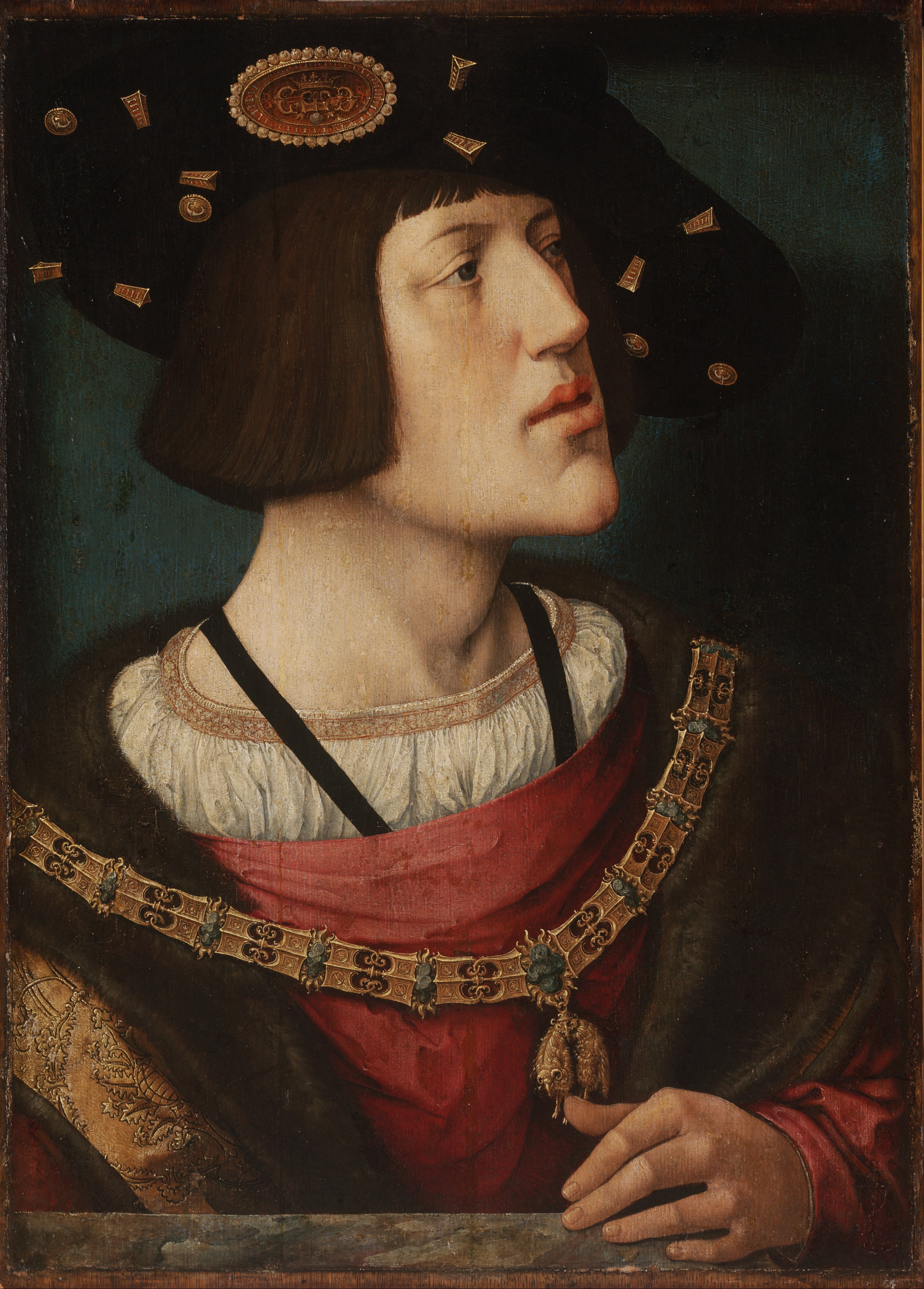|
1525 In Art
{{Year nav topic5, 1525, art Events from the year 1525 in art. Events * Albrecht Dürer publishes his work on geometry, ''The Four Books on Measurement'' ("Underweysung der Messung mit dem Zirckel und Richtscheyt" or "Instructions for Measuring with Compass and Ruler") at Nuremberg * Lucas Horenbout is named royal "pictor maker" to King Henry VIII of England, and will introduce the techniques of portrait miniatures to England * Jan Cornelisz Vermeyen is named Court Painter to Archduchess Margaret of Austria Works Painting * Lucas Cranach the Elder ** '' Cardinal Albert of Brandenburg before Christ on the Cross'' (approximate date) ** ''Venus and Cupid'' * Antonio da Correggio – ''Venus with Mercury and Cupid'' or ''The School of Love'' (approximate date) * Michelangelo – ''Head of Bearded Man Shouting * Pontormo – ''Youth in a Pink Cloak'' * Jan Provoost – ''Last Judgment'' ( Groeningemuseum) * Nicola da Urbino – ''Panel with the Adoration of the Magi'' * Bernard van ... [...More Info...] [...Related Items...] OR: [Wikipedia] [Google] [Baidu] |
Albrecht Dürer
Albrecht Dürer (; ; hu, Ajtósi Adalbert; 21 May 1471 – 6 April 1528),Müller, Peter O. (1993) ''Substantiv-Derivation in Den Schriften Albrecht Dürers'', Walter de Gruyter. . sometimes spelled in English as Durer (without an umlaut) or Duerer, was a German painter, printmaker, and theorist of the German Renaissance. Born in Nuremberg, Dürer established his reputation and influence across Europe in his twenties due to his high-quality woodcut prints. He was in contact with the major Italian artists of his time, including Raphael, Giovanni Bellini, and Leonardo da Vinci, and from 1512 was patronized by Emperor Maximilian I. Dürer's vast body of work includes engravings, his preferred technique in his later prints, altarpieces, portraits and self-portraits, watercolours and books. The woodcuts series are more Gothic than the rest of his work. His well-known engravings include the three '' Meisterstiche'' (master prints) ''Knight, Death and the Devil'' (1513), '' Sain ... [...More Info...] [...Related Items...] OR: [Wikipedia] [Google] [Baidu] |
Kolman Helmschmid
The Helmschmied family of Augsburg were one of late medieval Europe's foremost families of armourers. Their name, sometimes also spelled ''Helmschmid'', translates to ''helmet smith''. The family's most prominent members were Lorenz Helmschmied (''floruit'' 1467-1515), Kolman Helmschmied (1471–1532) and Desiderius Kolman Helmschmied (1513–1579). The Helmschmieds made armour for the high nobility of the Holy Roman Empire, including multiple emperors, for rulers of the Spanish Empire, for the archdukes of Austria and Tyrol, as well as other wealthy clients. They competed for fame and noble patronage with the other two most prominent late 15th century European armour smith families, the Seusenhofers of Innsbruck (Austria) and the Missaglias of Milan. Many works that the Helmschmieds made for Charles V, Holy Roman Emperor and Philip II of Spain are preserved in the Royal Armoury of Madrid, and many of their other works are kept in the Kunsthistorisches Museum in Vienna. Galle ... [...More Info...] [...Related Items...] OR: [Wikipedia] [Google] [Baidu] |
Alabaster
Alabaster is a mineral or rock that is soft, often used for carving, and is processed for plaster powder. Archaeologists and the stone processing industry use the word differently from geologists. The former use it in a wider sense that includes varieties of two different minerals: the fine-grained massive type of gypsum and the fine-grained banded type of calcite.''More about alabaster and travertine'', brief guide explaining the different use of these words by geologists, archaeologists, and those in the stone trade. Oxford University Museum of Natural History, 2012/ref> Geologists define alabaster only as the gypsum type. Chemically, gypsum is a Water of crystallization, hydrous sulfur, sulfate of calcium, while calcite is a carbonate of calcium. The two types of alabaster have similar properties. They are usually lightly colored, translucent, and soft stones. They have been used throughout history primarily for carving decorative artifacts."Grove": R. W. Sanderson and Francis ... [...More Info...] [...Related Items...] OR: [Wikipedia] [Google] [Baidu] |
Conrad Meit
Conrad Meit or (usual in German) Conrat Meit (1480s in Worms; 1550/1551 in Antwerp) was a German-born Late Gothic and Renaissance sculptor, who spent most of his career in the Low Countries. The royal tombs that were his largest works still had elaborate Late Gothic architectural frameworks by others, but Meit's figures were Renaissance in conception and style. Meit's work, with its delicately worked plasticity and pronounced corporality, brought an entirely new form of expression to Late Gothic church sculpture. The anatomy of his nude figures draws more from Albrecht Dürer than from classical sculpture. Later many of his works in Brussels, Antwerp, Tongerlo Abbey, and elsewhere were destroyed in the Reformation and French Revolution, leaving the three royal monuments at the then newly built Royal Monastery of Brou, Bourg-en-Bresse, as his outstanding surviving large works. A number of small works, including portrait busts in wood, and small statuettes in various materials h ... [...More Info...] [...Related Items...] OR: [Wikipedia] [Google] [Baidu] |
Bartolomeo Veneto
Bartolomeo Veneto (active 1502–31) was an List of Italian painters, Italian painter who worked in Venice, the Veneto (the mainland), and Lombardy. During his time in Venice, he studied under Gentile Bellini. The little information available about Bartolomeo's life has been derived from his signatures, dates, and inscriptions. His best-known works are portraits or pictures with portrait-like character. Bartolomeo's later works, and especially those done on commission in Milan, indicate an influence from the artist Leonardo da Vinci. Work and style Bartolomeo’s early works consist of small devotional pictures. Bartolomeo changed his subject matter to suit his patrons as the interest in portraiture grew in Venice and the Veneto. His portraits became quite popular and in his later life Bartolomeo obtained many commissions in Northern Italy. Attribution While forty paintings are generally accepted to be by Bartolomeo, only nine bear inscriptions with the artist's name. A fourt ... [...More Info...] [...Related Items...] OR: [Wikipedia] [Google] [Baidu] |
Antwerp
Antwerp (; nl, Antwerpen ; french: Anvers ; es, Amberes) is the largest city in Belgium by area at and the capital of Antwerp Province in the Flemish Region. With a population of 520,504,Statistics Belgium; ''Loop van de bevolking per gemeente'' (Excel file) Population of all municipalities in Belgium, . Retrieved 1 November 2017. it is the most populous municipality in Belgium, and with a metropolitan population of around 1,200,000 people, it is the second-largest metrop ... [...More Info...] [...Related Items...] OR: [Wikipedia] [Google] [Baidu] |
Triptych
A triptych ( ; from the Greek language, Greek adjective ''τρίπτυχον'' "''triptukhon''" ("three-fold"), from ''tri'', i.e., "three" and ''ptysso'', i.e., "to fold" or ''ptyx'', i.e., "fold") is a work of art (usually a panel painting) that is divided into three sections, or three Wood carving, carved panels that are hinged together and can be folded shut or displayed open. It is therefore a type of polyptych, the term for all multi-panel works. The middle panel is typically the largest and it is flanked by two smaller related works, although there are triptychs of equal-sized panels. The form can also be used for pendant jewelry. Beyond its association with art, the term is sometimes used more generally to connote anything with three parts, particularly if integrated into a single unit. In art The triptych form appears in early Christian art, and was a popular standard format for altar paintings from the Middle Ages onwards. Its geographical range was from the easter ... [...More Info...] [...Related Items...] OR: [Wikipedia] [Google] [Baidu] |
Bernard Van Orley
Bernard van Orley (between 1487 and 1491 – 6 January 1541), also called Barend or Barent van Orley, Bernaert van Orley or Barend van Brussel, was a versatile Flemish artist and representative of Dutch and Flemish Renaissance painting, who was equally active as a designer of tapestries and, at the end of his life, stained glass. Although he never visited Italy, he belongs to the group of Italianizing Flemish painters called the Romanists, who were influenced by Italian Renaissance painting, in his case especially by Raphael. He was born and died in Brussels and "served as a sort of commissioner of the arts for the Brussels town council". He was the court artist of the Habsburg rulers. He was extremely productive, concentrating on the design of his works, and leaving their execution largely to others, in the case of painting, and entirely so, in the case of the tapestries and stained glass. This he may have learned from Raphael, whose workshop in Rome was unprecedentedly la ... [...More Info...] [...Related Items...] OR: [Wikipedia] [Google] [Baidu] |





_MET_DP273206.jpg)
